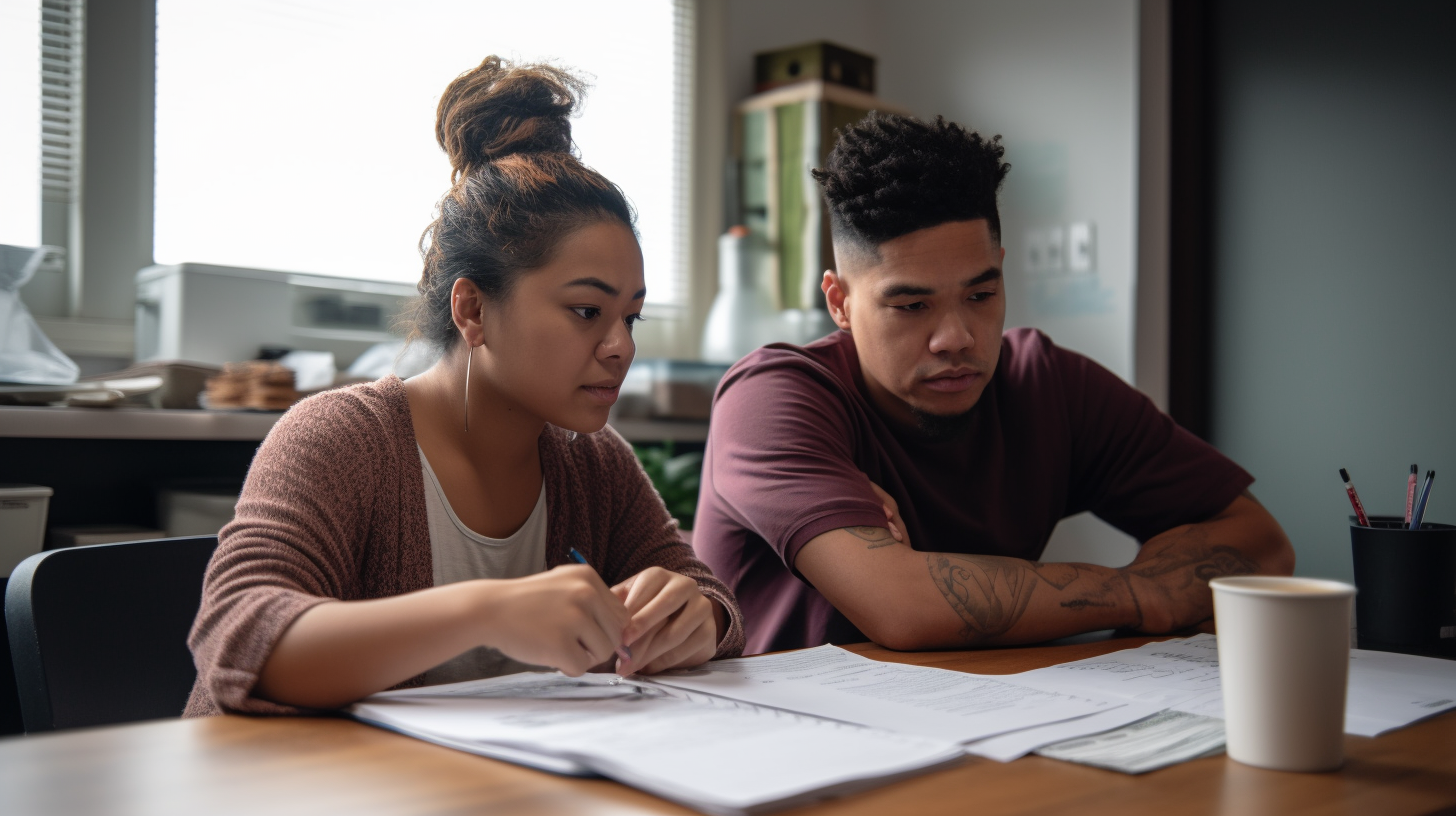An Introduction to the Montessori Method: Understanding the Approach to Education
The Montessori method is a unique approach to education that has been gaining popularity over the years. Developed by Dr. Maria Montessori in the early 1900s, this method emphasizes hands-on learning, sensory experience, and individualized learning. It is a student-centered approach that values self-directed learning and practical life skills.
The Montessori method is different from traditional educational approaches in several ways. In this blog post, we will provide an overview of the Montessori method, its principles and characteristics, and its potential benefits and challenges. We will also offer some practical tips for parents who are considering sending their child to a Montessori school or incorporating some aspects of the Montessori method into their home environment.
Principles and Characteristics of the Montessori Method
The Montessori method is based on several fundamental principles and characteristics that guide the approach to education.
Prepared Environment
In a Montessori classroom, the environment is carefully prepared to promote learning and exploration. The classroom is arranged to allow children to move freely and independently, with materials organized on low shelves within reach of even the youngest students. The materials are designed to be self-correcting, allowing children to learn through trial and error without needing constant direction from teachers.
Freedom within Limits
The Montessori method values independence and self-direction but also recognizes that children need structure and guidance. Therefore, there are clear boundaries and expectations in a Montessori classroom, but within those limits, children have significant freedom to choose their activities, work at their own pace, and explore their interests.
Natural Curiosity
Montessori educators believe that children are naturally curious and motivated to learn. Therefore, they create an environment that encourages exploration and discovery, allowing children to follow their interests and learn at their own pace.
Teacher as Facilitator
In a Montessori classroom, the teacher serves as a facilitator rather than a lecturer or disciplinarian. The teacher observes each child’s progress and provides guidance and support when needed. They also introduce new materials and activities as children are ready for them, based on their interests and abilities.
Mixed-Age Classrooms
In a Montessori classroom, children of different ages work together in the same classroom. This allows younger children to learn from older ones and older children to reinforce their knowledge by teaching it to others. It also fosters a sense of community and cooperation among students.
Montessori Materials
The Montessori method utilizes specific materials designed to promote hands-on learning and sensory experience. These materials are carefully selected for their ability to engage students in exploration and discovery while also promoting specific skills such as fine motor coordination, spatial awareness, and problem-solving.
Observation and Assessment
In a Montessori classroom, teachers observe each child’s progress closely, using this information to guide their instruction. They use qualitative assessments rather than traditional tests or grades, focusing on each child’s individual progress rather than comparing them to others.
Benefits of the Montessori Method
The Montessori method has several potential benefits for children, including:
- Developing independence and self-direction
- Promoting hands-on learning and sensory experience
- Encouraging creativity and problem-solving skills
- Fostering a love of learning
- Building a sense of community and cooperation
- Developing practical life skills
Research has also suggested that children who attend Montessori schools may have higher levels of academic achievement, better social skills, and greater creativity than those in traditional educational settings.
Challenges of the Montessori Method
While the Montessori method has many potential benefits, it is not without its challenges. Some potential drawbacks include:
- Lack of structure or guidance may be overwhelming for some students
- The approach may not align with some families’ cultural or religious values
- Not all educators are trained in the Montessori method, which can lead to inconsistent implementation across schools
- The approach may not be suitable for children with certain learning disabilities or special needs
- The cost of attending a Montessori school may be prohibitive for some families
Practical Tips for Parents
If you are considering sending your child to a Montessori school or incorporating some aspects of the Montessori method into your home environment, here are some practical tips:
- Research different Montessori schools in your area and visit them to get a sense of their approach and philosophy.
- Talk to other parents who have sent their children to Montessori schools to get their perspectives and experiences.
- Consider incorporating some Montessori principles into your home environment, such as providing child-sized furniture and materials that promote hands-on learning.
- Encourage independence and self-direction by allowing your child to choose their activities and work at their own pace.
- Provide opportunities for sensory experience and exploration by incorporating nature walks, art projects, and other hands-on activities into your child’s routine.
- Model practical life skills such as cooking, cleaning, and organizing to help your child develop these skills.
Conclusion
The Montessori method is a unique approach to education that emphasizes hands-on learning, sensory experience, and individualized learning. It offers many potential benefits for children, including developing independence and self-direction, promoting creativity and problem-solving skills, and fostering a love of learning. However, it is not without its challenges, including a lack of structure or guidance that may be overwhelming for some students and the cost of attending a Montessori school. Parents who are considering incorporating some aspects of the Montessori method into their home environment should research different schools in their area and consider talking to other parents who have had experiences with them. By understanding the principles and characteristics of the Montessori method, parents can help their children develop practical life skills while also fostering creativity, independence, and love of learning.




